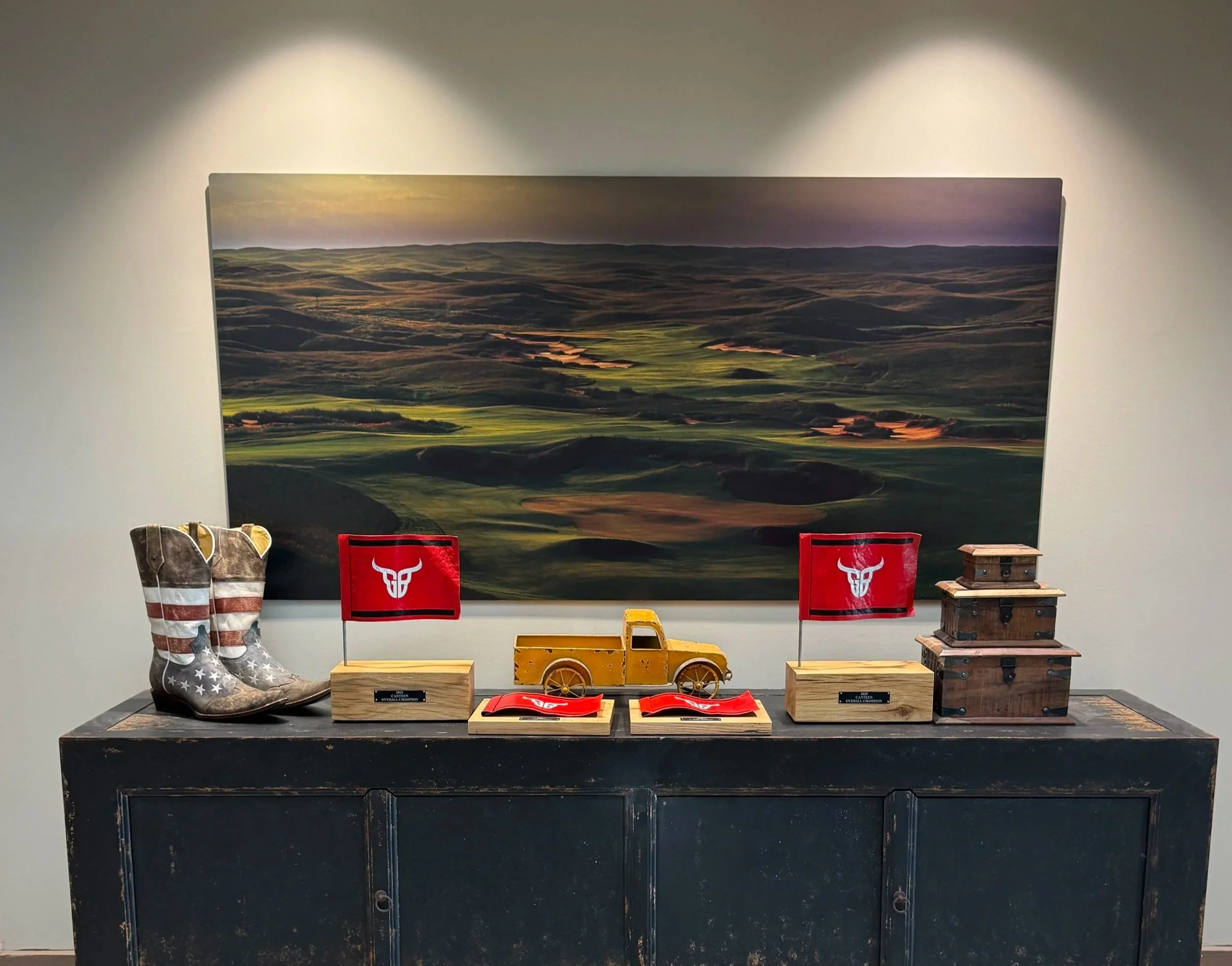GrayBull Golf Course: Full Circle in the Sandhills
By Jack Lowe • nuvomagazine.com • February 5, 2024
The Old and the New
By some estimates, there are over 10,000 golf courses in North America. Compare that with some 550 golf courses in Scotland. One would assume that the sheer difference in volume would ensure that crossing the pond may not be necessary to enjoy a round, but there are other, more intangible factors at play: the history of playing where the game was born, familiarity with the Open Championship venues, and iconic moments that occurred on those storied links. Ask any golfer, and they can likely name small towns in Scotland like St Andrews, Dornoch, or Carnoustie, the place replaced in the golfer’s imagination by a stretch of historic grass on which to test themselves.
More than anything, though, the intercontinental allure of linksland is embodied in its name: the land itself makes the difference. Many acolytes of the game are seeking golfing authenticity, an alternative to the North American propensity to move tons of dirt to achieve an artificial perfection. John McPhee, writing in The New Yorker, says of this difference that “in Scotland, the natural courses come in three main forms: the linksland courses by the sea, the moorland courses everywhere, and the forested parkland courses of the interior, some involving eskers, drumlins, and lateral moraines, but all the result of various glacial effects. In the United States for almost a century land has been shaped with bulldozers to imitate those forms.”
Logical, then, is the current trend in American golf course design that adheres to the Scottish model, finding land that naturally suits a golf course rather than creating it. Foremost in this new era are golf course architects like Tom Doak, Bill Coore, Ben Crenshaw, and Scottish native David McLay Kidd.
Read the rest of the article at nuvomagazine.com











